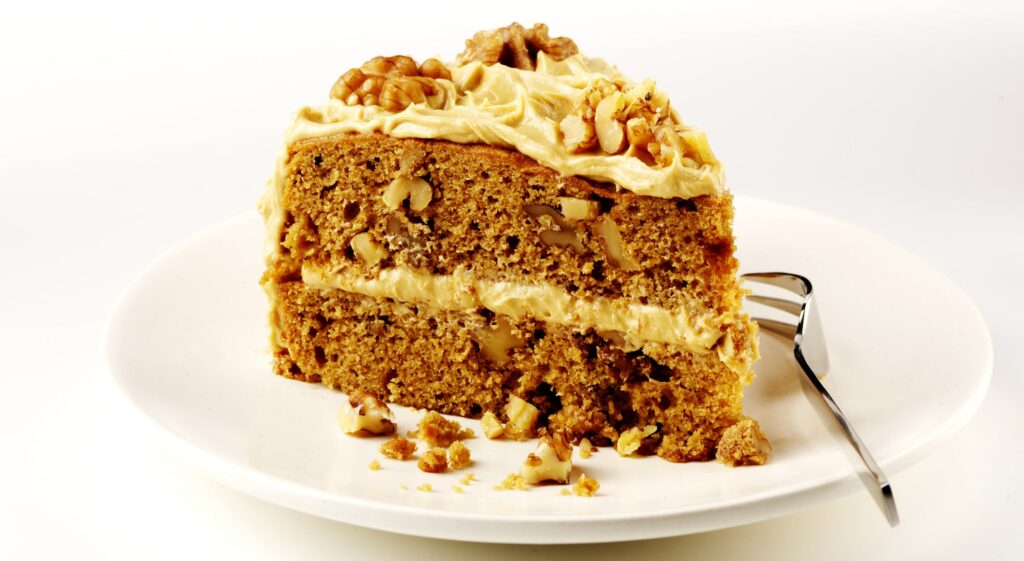
*Ever wondered why so many cakes are named after fabric?
Apparently, it has to do with the way women of the mid-1800s and beyond used measurements and cooking equipment for their written recipes.
“My first initial gut reaction was that it was simple to explain why cakes are often named after fabrics: because they’re both women’s material culture—they are both historically part of women’s worlds,” K.C. Hysmith, a food historian and writer, tells Epicurious.
“People don’t take into account the profound effect texture has on flavor,” says Rose Levy Beranbaum, author of The Cake Bible and pioneer of the all-butter reverse creaming method for cakes. “If you’ve ever made a cake using all the right ingredients, but say you didn’t use bleached flour and your cake fell in the middle and the texture was coarse—suddenly you’d realize that it has an awful taste.”
READ MORE: ‘Guess Who’s Coming To Dinner’ is A Hot Ticket at Santa Monica’s Ruskin Group Theatre
Here’s more from the report:
While texture and flavor are intimately linked, there is a startling lack of vocabulary to precisely describe what a cake should feel like. Beranbaum, who studied at the Fashion Institute of Technology in 1968, says that this vacuum was easily filled by textiles—a familiar category for many homemakers through the mid-20th century.
“I like to say I went from draping fabric to draping fondant,” Beranbaum says. “All the skills I learned as a craftsperson were transferable to baking. It was kind of a logical thing to use fabric because fabric is so visual and textural, as are a lot of cakes and cookies and pies and tarts.”
“People can be in different professions, but when they’re interested in beauty and form and shape and taste, there are deep connections between artists of different forms,” Beranbaum adds.
Per the report, Hysmith noted that baking in the 19th and 20th centuries “was a very aspirational activity. It was something you could do to be very creative, to escape, to celebrate things, but there was also always this element of making things fancier, better…. These fabrics—velvet, chiffon, and especially ermine—you might not be able to afford those fabrics as a housewife in the 1950s who’s making a boxed cake mix. [Or] you might have those, but you never get to wear them except for fancy occasions. However, you can bake a cake emblematic of that class using the same name.”
The women of yesteryear lacked precise measurements, cooking tools such as scales, and high-resolution photos that accompany modern recipes, so “it helped to know whether your cake batter should resemble more of a tight, glossy silk, or an airy, frothy chiffon,” the outlet writes.
“It makes sense that to help other women understand and navigate elements of a cake, including its texture, women would describe it in terms of something they would know, something universal, which would be fabric,” said Hysmith.
We Publish News 24/7. Don’t Miss A Story. Click HERE to SUBSCRIBE to Our Newsletter Now!





